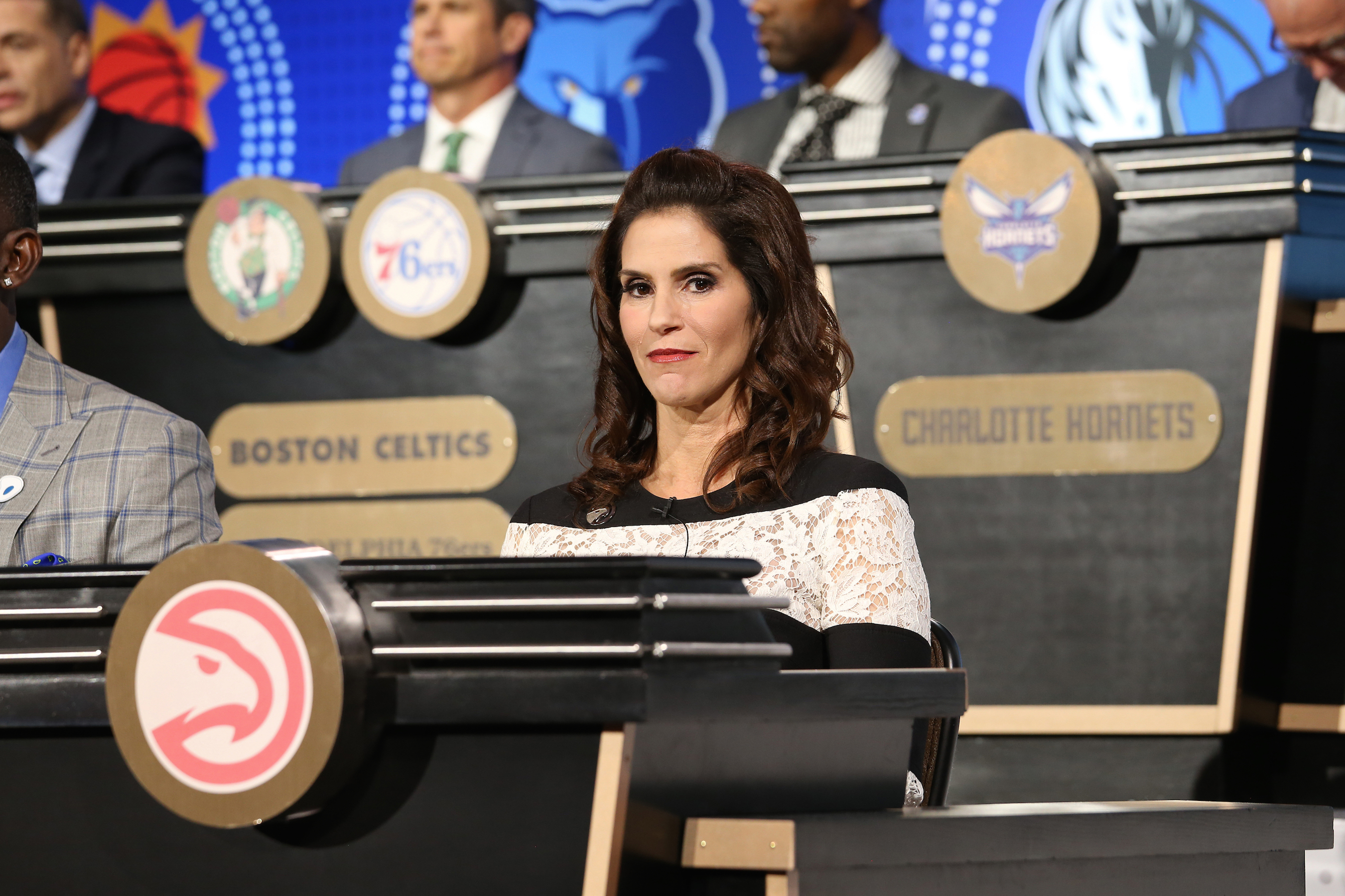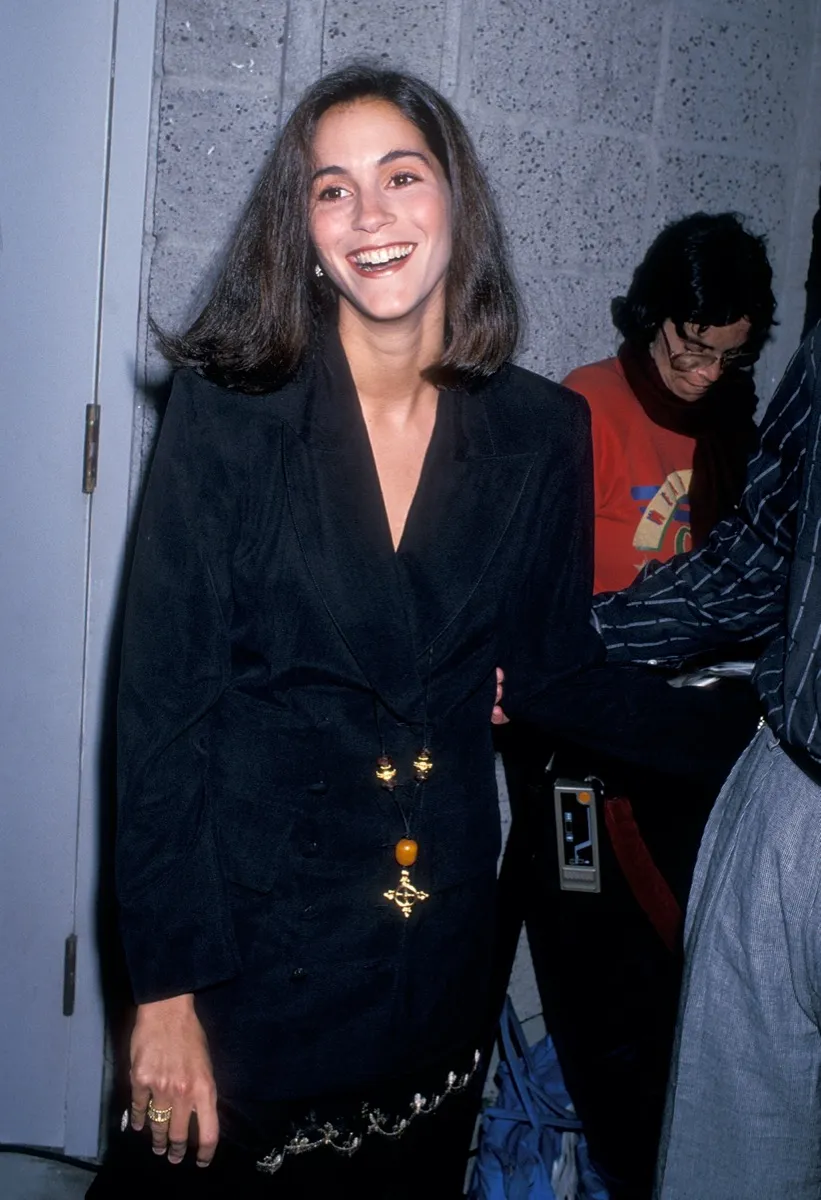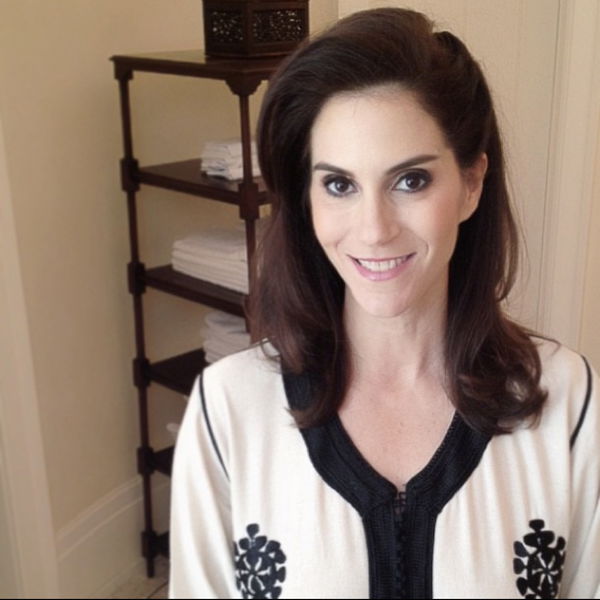Hold onto your wallets, folks!
A recent viral receipt from Five Guys has reignited the debate over the burger joint’s notoriously high prices.
Brace yourselves for some serious sticker shock.
It all started when an X user named Wall Street Silver shared a picture of a receipt from Five Guys.
The receipt, which he claimed was originally posted on Reddit, showed a total of $24.10 for a single person’s order – and that’s not even including the tip!
The breakdown of the order was enough to make any budget-conscious person’s jaw drop: a bacon cheeseburger for a whopping $12.49, a small portion of fries for $5.19 (yes, you read that right), and a regular soda for $2.89.
Add tax and a modest tip, and you’ve got yourself a fast food meal that could easily put a dent in your monthly dining budget.
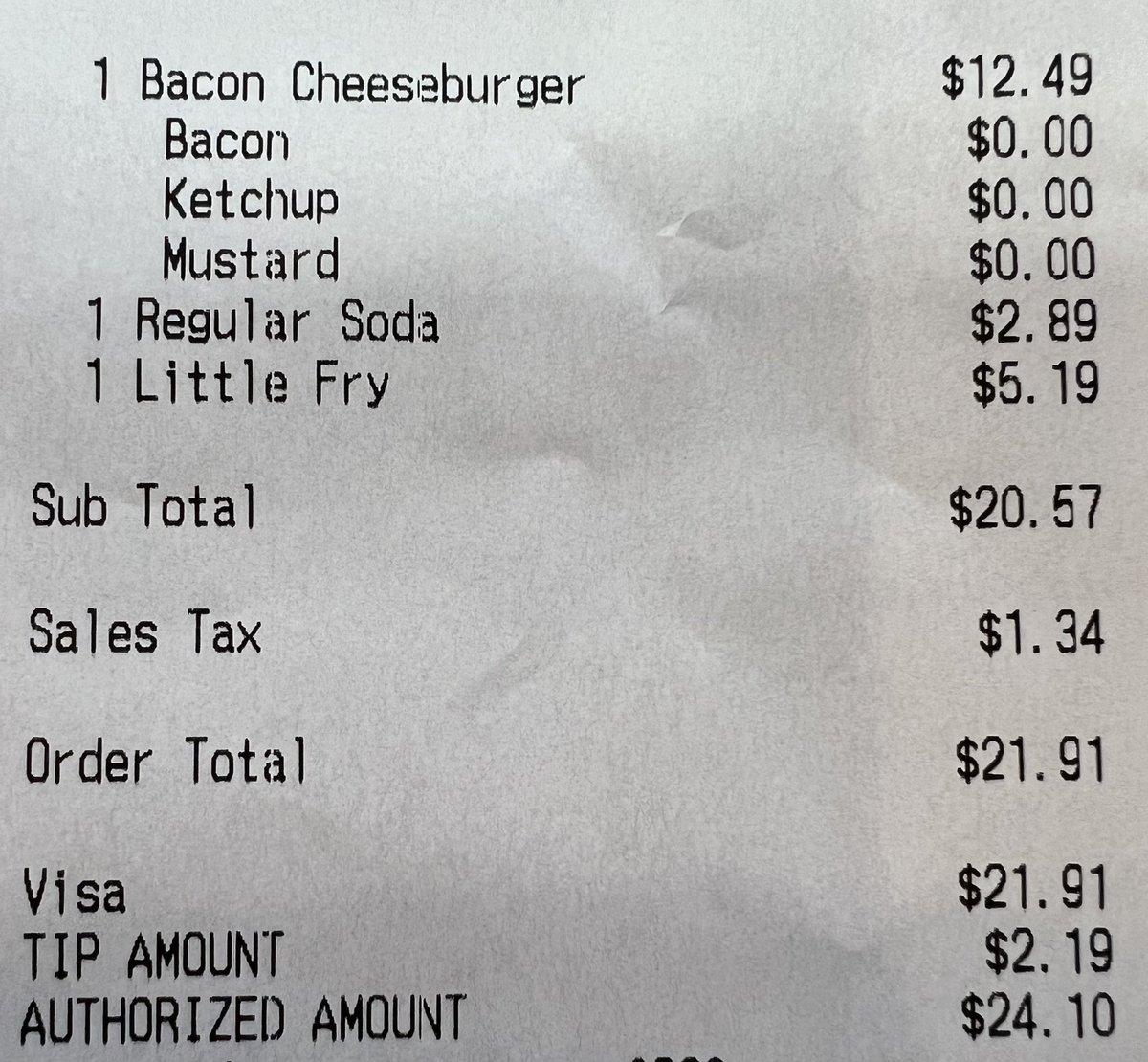
The $24 Receipt Breakdown
$12.49 for a bacon cheeseburger

Let’s start with the star of the show: the bacon cheeseburger.
At $12.49, this burger isn’t just a meal – it’s an investment.
But hey, at least you’re getting a generous portion of premium beef, right?
(We’ll get to that later.)
To put things in perspective, you could grab a Triple Whopper from Burger King for $9.99 or a Pretzel Baconator from Wendy’s for $10.79.
Sure, these options might not be as fancy as Five Guys, but they’re still substantial burgers that won’t break the bank.
Of course, Five Guys isn’t your average fast food joint.
They pride themselves on using fresher, higher-quality ingredients – which, unsurprisingly, comes at a premium price.
$5.19 for a small fry

Now, let’s talk about those fries.
Five Guys is known for their generous portions, but $5.19 for a “small” order of fries?
That’s enough to make any potato lover’s eyes water (and not just from the onion fumes).
To put that price in perspective, you could get a large order of fries from McDonald’s for around $3.79 or a large order of Cajun fries from Popeyes for $4.29.
But hey, at least Five Guys’ fries are hand-cut and cooked in peanut oil, right?
Interestingly enough, some social media users argued that the “small” order is enough to feed two or three people.
So, if you’re a fan of sharing (or just really, really love fries), maybe the price isn’t too outrageous after all.
$2.89 for a regular soda

Okay, let’s move on to the beverage situation.
At $2.89 for a regular soda, Five Guys isn’t too far off from the prices you’d find at other fast food chains.
But when you add it to the already steep costs of the burger and fries, it’s just another drop in the bucket (of debt).
Of course, if you’re a soda aficionado, you might appreciate that Five Guys offers free refills.
So, at least you can drown your financial sorrows in an endless stream of carbonated goodness.
It’s worth noting that Five Guys does offer bottled water for $2.49, which might be a more wallet-friendly option if you’re trying to keep your total costs down.
But let’s be real – who goes to Five Guys for the water?
Social Media Erupts in Debate
Criticism of “highway robbery” pricing
As you might expect, the viral receipt sparked a heated debate on social media.
Many users were quick to criticize Five Guys’ pricing as “out of control” and “highway robbery.”
One Twitter user eloquently summed up the outrage: “$5 dollars for a small fry is highway robbery. It’s literally just a potato and some salt. Cost them a quarter to make.”
Arguments that prices are “out of control”
Many social media users echoed Wall Street Silver’s sentiment that Five Guys’ prices are “out of control.”
After all, $24 for a single person’s meal is a lot to swallow, even for a self-proclaimed “premium” fast food joint.
As one user pointed out, “Fast food becoming a luxury meal is a sign of the times.”
And let’s be honest, when you’re paying over $20 for a burger, fries, and a soda, it’s hard to argue that it’s not a luxury item.
Of course, not everyone was surprised by the high prices.
“Five Guys was always overpriced. Same meal was $15 ten years ago,” one unimpressed commentator added.
Predictions of further increases
While some users were content to gripe about the current prices, others looked ahead with concern.
One user predicted, “You ain’t seen nothing yet. Wait until that $20 an hour minimum wage in California kicks in.”
It’s a valid point – as labor costs and inflation continue to rise, it’s likely that fast food chains like Five Guys will have to raise their prices to maintain profit margins.
And if the current backlash is any indication, those price hikes might not be met with open arms (or wallets).
Of course, only time will tell how high Five Guys’ prices will climb and how consumers will respond.
But one thing’s for sure: this viral receipt has reignited the debate over the value proposition of fast food.
Defending Five Guys’ Premium Pricing
Reputation for high-quality, fresh ingredients

While the sticker shock of Five Guys’ prices is undeniable, the chain’s defenders were quick to point out the reasoning behind the premium pricing: high-quality, fresh ingredients.
As one user put it, “Five Guys has always been more premium than others, though.”
And it’s true – the chain has built its reputation on using fresher, higher-quality ingredients than your average fast food joint.
From hand-cutting their fries in-store to using a specialized beef blend, Five Guys prides itself on offering a more elevated fast food experience.
And, as the old saying goes, you get what you pay for.
Use of specialized meat suppliers
One of the key factors driving Five Guys’ premium pricing is their use of a specialized meat supplier.
According to reports, the chain’s beef blend comprises 80% lean and 20% fat – a ratio that’s widely considered the “perfect” balance for juicy, flavorful burgers.
While this specialized beef blend undoubtedly contributes to the high quality of Five Guys’ burgers, it also comes at a higher cost than the frozen patties used by many of their competitors.
So, while you might balk at the $12.49 price tag for a bacon cheeseburger, it’s worth considering that you’re paying for a higher-quality product than what you’d find at many other fast food chains.
Generous portion sizes

Another factor that defenders of Five Guys’ pricing point to is the chain’s generous portion sizes.
While a “small” order of fries might cost $5.19, many social media users argued that the portion is large enough to feed two or even three people.
“I mean to be fair they put a lot of fries in that small bag,” wrote X user Tragedy & Comedy. “Enough for 2 maybe 3 people.”
The same could be said for Five Guys’ burgers, which are known for being generously sized and almost comically difficult to fit in one’s mouth.
So, while the upfront cost might be high, you’re arguably getting more bang for your buck in terms of sheer portion size.
The Cost Breakdown of Five Guys’ Food
Premium Beef Blend (80/20 lean to fat ratio)
As we’ve already touched on, one of the key factors behind Five Guys’ premium pricing is their use of a specialized beef blend that’s 80% lean and 20% fat.
This ratio is widely considered the “perfect” balance for juicy, flavorful burgers – a far cry from the frozen, pre-formed patties used by many competitors.
Of course, this premium beef blend comes at a premium cost.
Five Guys has to source their meat from specialized suppliers, which inevitably drives up the price of their burgers.
But for many fans of the chain, the cost is worth it for the superior taste and quality.
And when it comes to their beef, that premium positioning is hard to argue with.
Hand-Cut Fries from Global Potato Sources
While the cost of Five Guys’ fries might be enough to make you choke on your last bite, there’s a reason why they command such a high price tag: they’re hand-cut in-store from potatoes sourced from all over the world.
That’s right – those golden, crispy fries aren’t just your average frozen spuds.
Five Guys takes pride in sourcing their potatoes from global suppliers to ensure the highest quality and freshness.
Of course, this commitment to freshness and quality comes at a cost.
Not only does Five Guys have to pay for the potatoes themselves, but they also have to factor in the labor costs of having employees hand-cut each batch of fries.
It’s a labor-intensive process, but one that many fans of the chain would argue is well worth the effort (and the price).
Peanut Oil for Frying

If you’re wondering why Five Guys’ fries have that distinctive, irresistible taste, the secret lies in their frying method.
Rather than using the standard vegetable or canola oil, Five Guys opts for peanut oil – a more expensive but arguably tastier option.
Peanut oil is prized for its high smoke point and ability to withstand high temperatures without burning or breaking down.
This results in fries that are perfectly crispy on the outside while remaining light and fluffy on the inside.
Of course, this commitment to using premium peanut oil doesn’t come cheap.
As any home cook knows, peanut oil can be a pricey ingredient – and when you’re frying up batch after batch of fries, those costs can add up quickly.
Fresh-Baked, Specialty Buns

It’s not just the meat and fries that contribute to Five Guys’ premium pricing – even their burger buns are a cut above the rest.
According to the chain’s CEO, Jerry Murrell, the buns are specially crafted to be “sweeter and eggier” than your average burger bun.
But it’s not just the recipe that sets Five Guys’ buns apart – it’s also the way they’re produced.
The buns are baked fresh daily and then shipped out to each individual restaurant location, ensuring maximum freshness and quality.
Of course, this level of attention to detail doesn’t come cheap.
Between the specialized recipe, the daily baking process, and the shipping costs, those premium buns contribute significantly to the overall cost of Five Guys’ burgers.
CEO Defends Pricing Model
Prices based on fluctuating food costs

In the face of criticism over Five Guys’ high prices, CEO Jerry Murrell has been quick to defend the chain’s pricing model.
According to Murrell, Five Guys’ prices are directly tied to the fluctuating costs of their ingredients.
“Our food prices fluctuate,” Murrell said. “We do not base our price on anything but margins.”
This approach means that if the cost of a key ingredient like beef or potatoes goes up, Five Guys will adjust their menu prices accordingly to maintain their desired profit margins.
It’s a straightforward, if not always consumer-friendly, approach.
Absorbing increased supplier costs
Murrell also addressed the issue of rising supplier costs, emphasizing that Five Guys has no choice but to pass those costs on to consumers.
“We raise our prices to reflect whatever our food costs are,” he explained.
“So, if the mayonnaise guy triples his price, we pay triple for the mayonnaise! And then we’ll increase the price of our product.”
While this might not be music to the ears of budget-conscious consumers, it does shed light on the real-world challenges that restaurants face in the face of inflation and rising supply chain costs.
Maintaining profit margins
At the end of the day, Murrell’s defense of Five Guys’ pricing boils down to one key factor: maintaining profit margins.
As a business, Five Guys has to balance the costs of their premium ingredients and operations with the need to turn a profit.
And while some consumers might balk at the high prices, Murrell and the Five Guys team are unapologetic about their approach.
As the CEO put it, “We do not base our price on anything but margins.”
It’s a candid admission that might not sit well with some, but it does underscore the reality of running a successful business in today’s ever-changing economic landscape.
Comparison to Other Fast Food Prices
McDonald’s, Burger King, Wendy’s burger costs
To put Five Guys’ prices into perspective, let’s take a look at how they compare to some of the bigger names in the fast food game:
| Chain | Cheapest Burger | Priciest Burger |
|---|
| McDonald’s | Hamburger – $3.29 | Double Bacon Quarter Pounder with Cheese – $10.19 |
| Burger King | Hamburger – $2.49 | Triple Whopper – $9.99 |
| Wendy’s | Jr. Hamburger – $2.59 | Pretzel Baconator – $10.79 |
| Five Guys | Little Hamburger – $8.89 | Bacon Cheeseburger – $13.09 |
As you can see, Five Guys’ burger prices are significantly higher than their fast food competitors, with even their “little” hamburger clocking in at nearly $9.
But, as we’ve discussed, the chain positions itself as a premium offering, using higher-quality ingredients and justifying the higher costs.
Five Guys’ premium positioning
While McDonald’s, Burger King, and Wendy’s all offer affordable options for those on a tight budget, Five Guys has carved out a niche as a more upscale fast food experience.
With their emphasis on fresh, high-quality ingredients and generous portion sizes, the chain has positioned itself as a premium offering – and their prices reflect that.
Price-Quality balance debate
Of course, the debate over whether Five Guys’ premium prices are truly justified is a matter of personal preference and priorities.
For some, the fresh, hand-crafted nature of Five Guys’ food is worth the extra cost.
For others, the high prices simply don’t align with their idea of what fast food should cost.
It’s a delicate balance, and one that will likely continue to be a source of debate for years to come.
Impact of Inflation on Food Costs
Rising beef, dairy, and produce prices
Of course, Five Guys’ pricing woes don’t exist in a vacuum.
The chain, like many others in the food industry, has been grappling with the effects of rising inflation and soaring food costs.
According to the latest consumer price index data, beef prices are up over 7%, while steak has seen a staggering 10% increase.
And it’s not just meat that’s become more expensive – dairy, produce, and other key ingredients have all seen significant price hikes in recent months.
For a chain like Five Guys, which prides itself on using fresh, premium ingredients, these rising costs have undoubtedly put a squeeze on profit margins.
And, as we’ve seen, the chain hasn’t been shy about passing those costs on to consumers in the form of higher menu prices.
Other chains increasing prices
Five Guys is far from the only fast food chain feeling the pinch of inflation.
Major players like Chick-fil-A, Domino’s Pizza, and McDonald’s have all implemented price increases in recent months to help offset rising costs.
Chick-fil-A, for example, has raised its prices by a whopping 21% since early 2022.
Meanwhile, Domino’s Pizza CFO Sandeep Reddy recently stated that the company plans “for a modest price increase in the low-single digits.”
It’s a trend that’s likely to continue across the industry as long as inflation remains high and supply chain costs remain volatile.
And while consumers might not be happy about paying more for their fast food fix, it’s a reality that restaurants will have to navigate in order to stay afloat.
Consumer tolerance for higher fast food bills
The big question, of course, is just how much consumers are willing to tolerate when it comes to higher fast food prices.
While Five Guys’ $24 receipt might seem outrageous to some, it’s worth noting that the chain has built a loyal following of customers who are willing to pay a premium for what they perceive as a superior product.
As one social media user put it, “I know a way to save $2.19 on that real quick” – a nod to the fact that the viral receipt included a tip, which is ultimately discretionary.
Ultimately, consumers will have to decide for themselves where they draw the line when it comes to fast food costs.
But one thing is clear: the days of dirt-cheap fast food might be behind us, at least for the time being.
The Value Proposition Debate
Is Five Guys worth the premium price?
At the heart of the debate over Five Guys’ prices is a fundamental question: is the chain’s food truly worth the premium price tag?
On one hand, you have the chain’s defenders, who argue that the fresh, high-quality ingredients and generous portion sizes justify the higher costs.
After all, as the old adage goes, you get what you pay for.
On the other hand, critics contend that no fast food meal should cost upwards of $20, no matter how fancy the ingredients or how large the portion sizes.
To them, Five Guys has strayed too far from the core tenets of fast food: affordability and convenience.
Balancing quality and affordability
Ultimately, the debate over Five Guys’ value proposition boils down to a question of priorities.
For those who prioritize quality and freshness above all else, the chain’s premium prices might be justifiable.
For those who prioritize affordability and convenience, however, Five Guys’ costs might simply be too steep.
It’s a delicate balance that each consumer will have to strike for themselves based on their own preferences, budget, and priorities.
And it’s a balance that will likely continue to shift as economic conditions and consumer tastes evolve.
What’s clear, however, is that Five Guys has firmly established itself as a premium offering in the fast food landscape – a positioning that comes with both advantages and drawbacks.
Whether that premium positioning is sustainable in the long run remains to be seen.
Redefining “value” in fast food
Perhaps the most intriguing aspect of the Five Guys pricing debate is the way it challenges our traditional notions of what constitutes “value” in the fast food realm.
For decades, fast food has been synonymous with affordability and convenience – a quick, cheap meal that satisfied hunger without breaking the bank.
But as chains like Five Guys have demonstrated, there’s a growing appetite (pardon the pun) for a more elevated fast food experience, one that prioritizes quality over sheer affordability.
In that light, Five Guys’ premium pricing could be seen as redefining what consumers expect from fast food – a shift from pure affordability to a more nuanced balance of quality, freshness, and value.
Whether that redefinition will stick remains to be seen.
Conclusion
The viral $24 receipt from Five Guys has reignited a long-simmering debate over the chain’s premium pricing and the value proposition of fast food in general.
While some have decried the costs as “highway robbery,” others have defended Five Guys’ commitment to using fresh, high-quality ingredients and maintaining generous portion sizes.
At the heart of the debate is a fundamental question: what are consumers willing to pay for a fast food meal, and what constitutes true value in that realm?
Is Five Guys’ premium positioning justifiable, or has the chain strayed too far from the core tenets of affordability and convenience?
As we’ve explored, there are valid arguments on both sides of the debate.
Five Guys’ defenders point to the chain’s use of specialized ingredients, like their 80/20 beef blend, hand-cut fries, and fresh-baked buns, as justification for the higher prices.
Critics, on the other hand, argue that no fast food meal should cost upwards of $20, no matter how fancy the ingredients.
Ultimately, it’s up to each individual consumer to decide where they draw the line between quality and affordability.







:max_bytes(150000):strip_icc()/organizationalstructure-final-5d4f333cdb174faea796402175ff305b.png)





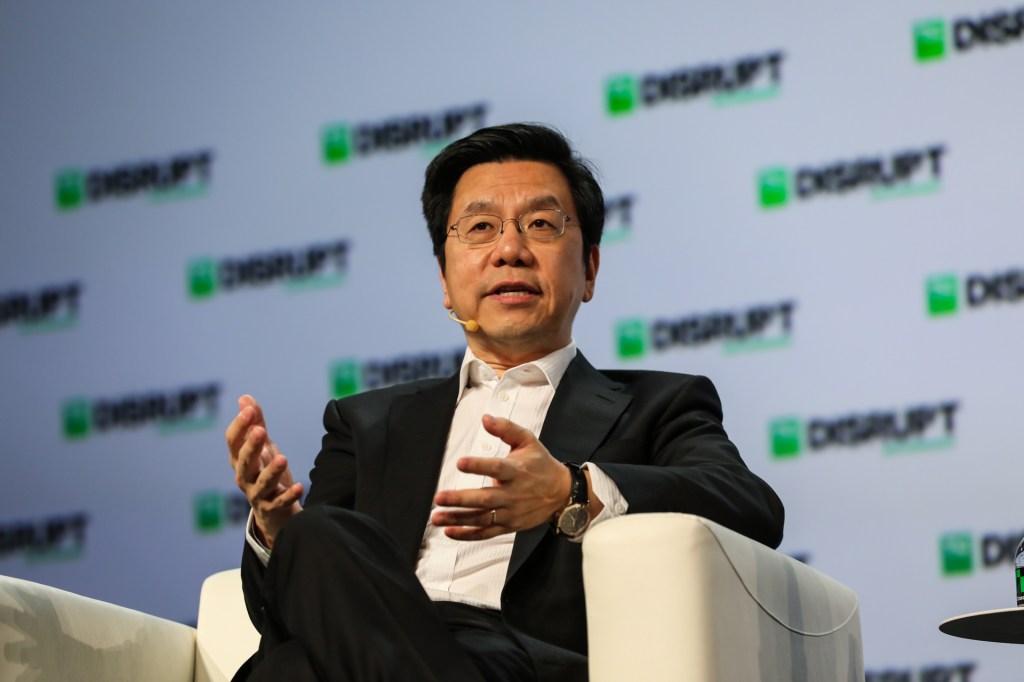









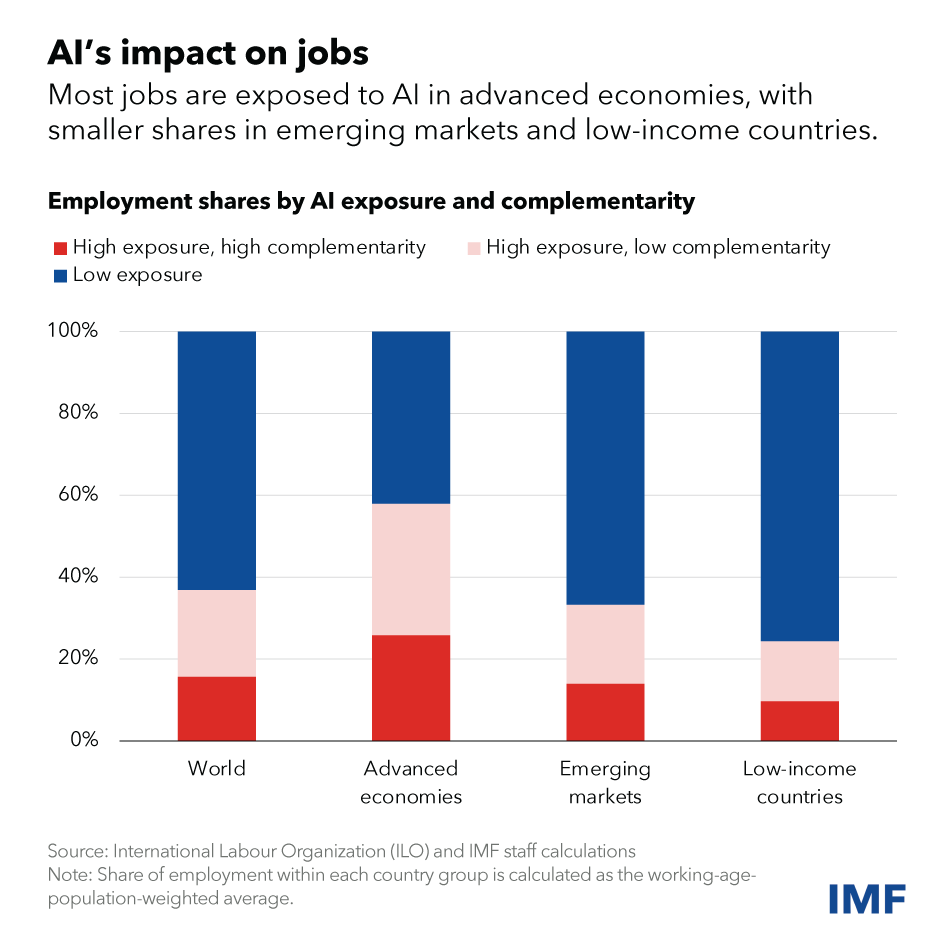





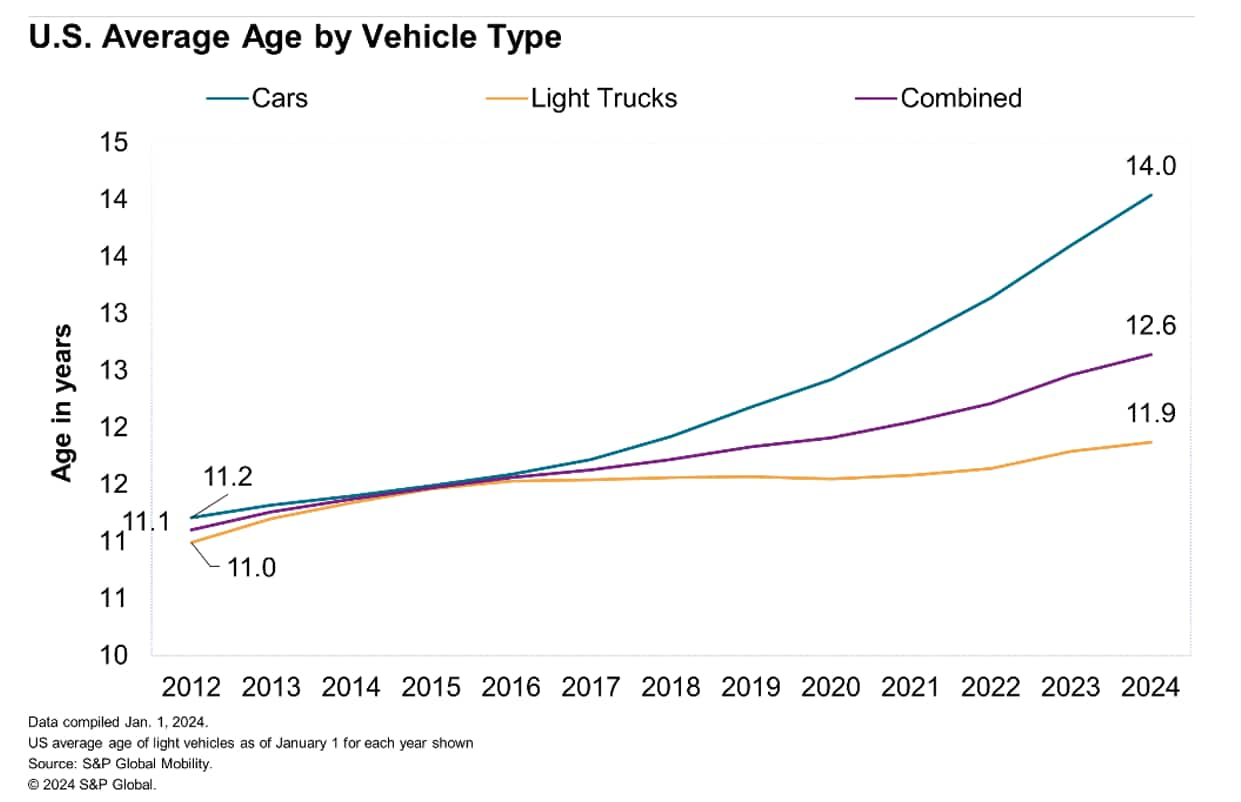














/cdn.vox-cdn.com/uploads/chorus_image/image/67225805/1188135697.jpg.0.jpg)


